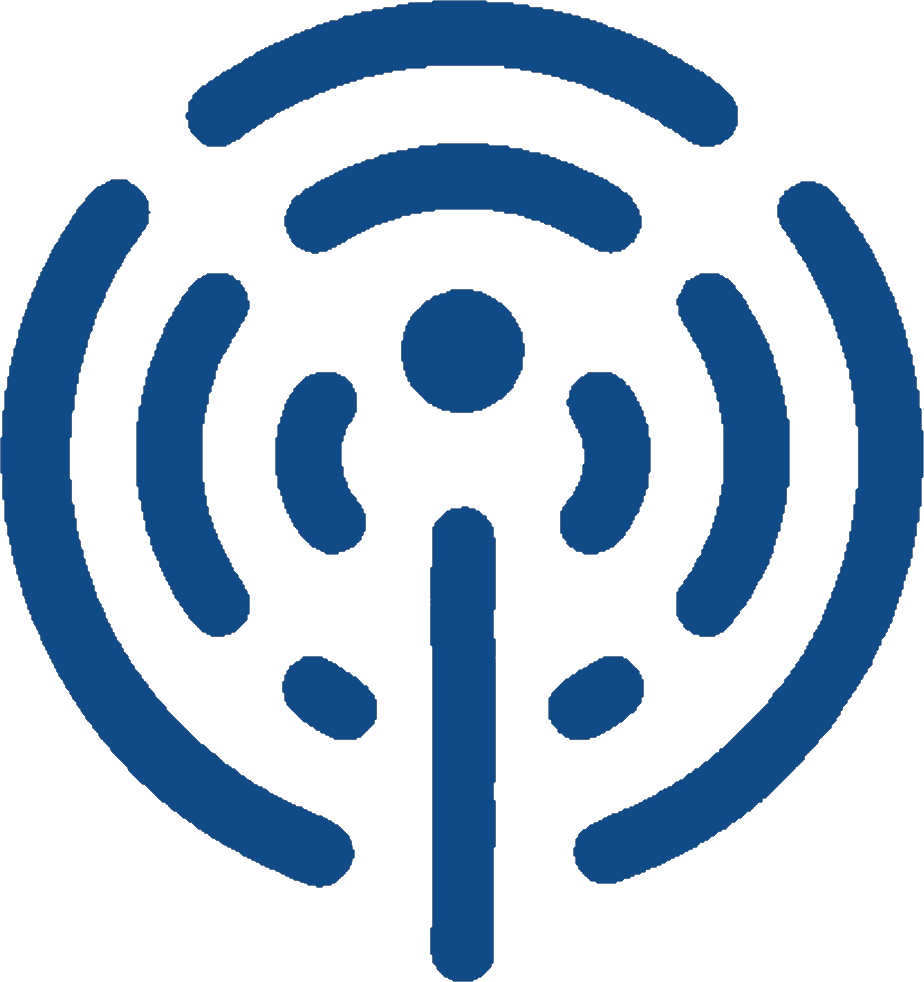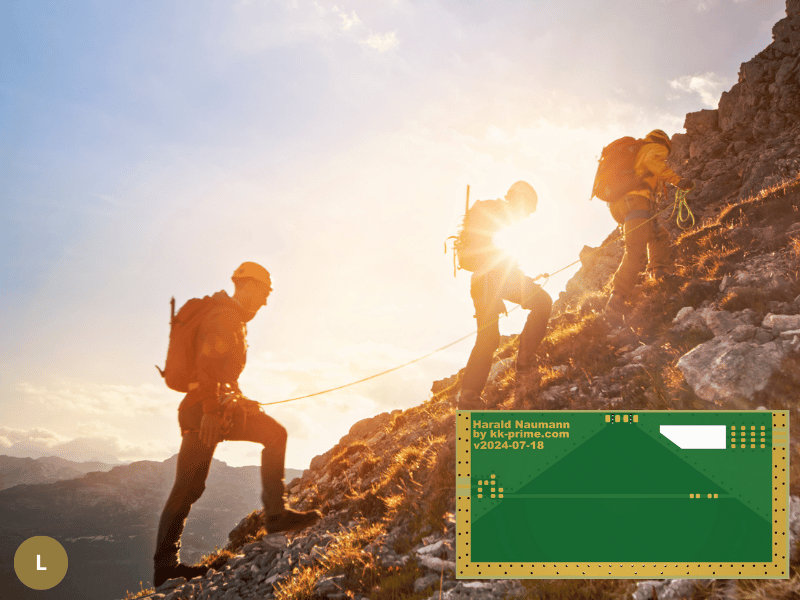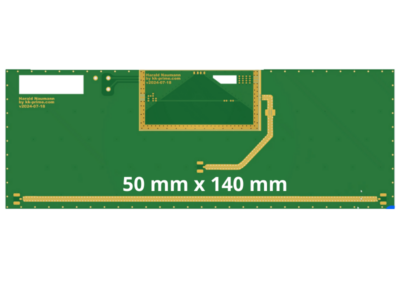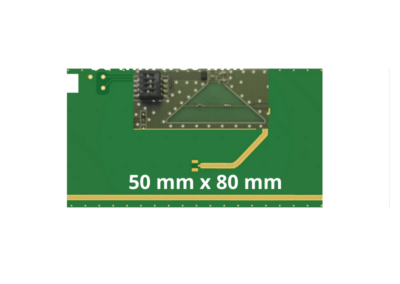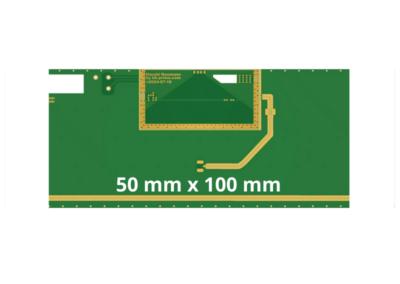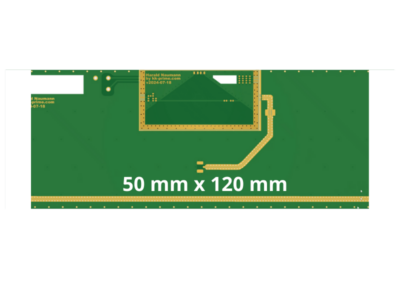5G NTN Satellite Pager
Satellite pager key data
- Customer: Design study (no specific customer named)
-
Website: None
-
IoT Application: 5G NTN sateliite pager
-
Radio technology used: 5G NTN, NB-IoT, LTE-M, GNSS, Bluetooth
-
Frequency Range: 690–2500 MHz (covered by Antennity Loop antenna)
-
Relevant LTE Bands in Europe: Band 8 (900 MHz), Band 20 (800 MHz), Band 3 (1800 MHz), Satellite Bands 255, 256, and 23, GNSS bands, Bluetooth
-
Antenna Type: Multiband Loop antenna (Antennity)
- Special feature: One antenna for all radio modules by diplexers and RF switches
80 mmMiniaturizing small IoT devices remains a major challenge, especially because antennas must operate efficiently at low frequencies. The 5G NTN satellite pager requires reliable reception across a broad spectrum from 690 MHz up to 2500 MHz, including special satellite bands and Bluetooth.
In Europe, LTE Band 20 at 791 MHz sets a physical reference for antenna size: a ground plane around 120 mm is necessary for good bandwidth and gain, while at 690 MHz, around 140 mm is typical. Designing such antennas in very compact devices pushes physical limits, often resulting in reduced efficiency if the antenna is too small.
An 80 mm long ground plane can be achieved in half-duplex mode with switching between UL and DL in band 20. Another option is mechanical switching in stages between 690 and 960 MHz. One stage may be sufficient for 1750 to 2500. At least one additional stage is required to reach band 255 with 1550 MHz. The stages are controlled by the MIPI RFFE bus of the cellular radio module.
Drawing inspiration from acoustics, engineers apply techniques like bending, folding, and switching the antenna structure. For NB-IoT and LTE-M with half-duplex operation, dynamic switching strategies optimize uplink and downlink performance, mitigating losses. However, these measures come at the cost of some efficiency, often reducing antenna gain.
The Antennity Loop antenna used here covers 690 to 2500 MHz, allowing LTE, GNSS, and Bluetooth to share a single antenna. This integration saves space and prevents interference typical of multiple antennas. The antenna, housing, ground plane, battery, and other components are simulated and optimized from early design stages to avoid costly rework and to achieve superior reception performance.
Conclusion:
A holistic development approach considering the antenna and device environment early ensures a compact, efficient solution for the demanding requirements of small IoT devices like the 5G NTN SOS pager. Innovative loop antennas overcome physical constraints while minimizing complexity and cost.
Small IoT device design
For your small IoT devices with challenging antenna needs, Antennity offers customized antenna design, matching, and complete integration. Leverage our expertise to optimize performance and miniaturize your products successfully. Contact harald.naumann(at)antennity(.)com to start your project with cutting-edge antenna solutions.
